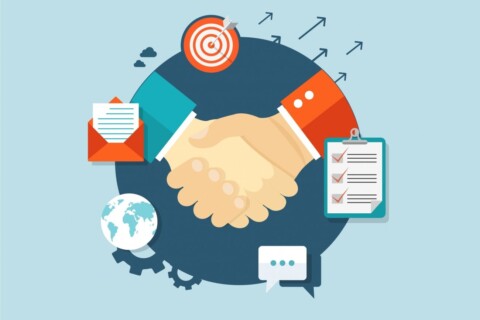Pricing is more than just a number—it’s a critical element in the buying decision process. The way you price your products can significantly affect how customers perceive value, influence their purchasing behavior, and ultimately drive your sales. Understanding the psychology of pricing can help you optimize your listings and increase conversions. Here’s a breakdown of psychological pricing strategies that can help you set the right price for your products on Worldsalenow.
1. Anchoring: Set a Reference Price
One of the most powerful psychological pricing strategies is anchoring—where you set a high initial price to make your actual price seem like a better deal.
- Example: If you list an item for $100 but show a “regular price” of $150 next to it, customers are more likely to perceive the $100 price as a bargain, even though the product may never have been sold for $150.
- How to use it: You can implement this by showing your product’s regular price next to your discounted price or bundling items together and showing the combined savings.
2. Charm Pricing: The Power of Ending Prices in .99 or .95
Have you ever wondered why so many products are priced at $9.99 or $19.95 instead of rounding up to $10 or $20? This is known as charm pricing.
- Psychological impact: Consumers often perceive prices ending in .99 or .95 as significantly cheaper than they actually are. This is because we tend to read prices from left to right, focusing more on the first digit.
- How to use it: If you want your product to seem like a bargain, use prices like $49.99, $199.95, or $29.97 to increase the perceived value.
3. Price Tiering: Offer Multiple Pricing Options
Offering different price points for different versions of a product can help attract a wider range of customers and increase your sales.
- The Decoy Effect: By offering three options (e.g., a basic, premium, and deluxe version), you can guide customers to choose the middle option, which they perceive as the best value.
- How to use it: If you sell a product, consider creating different versions—such as a basic, a mid-range, and a deluxe option—to appeal to different budgets. This can increase the likelihood that buyers will opt for the middle price point, even if it’s not the lowest price.
4. Odd-Even Pricing: The Psychology of Whole Numbers vs. Odd Numbers
Odd pricing (like $4.99 or $49.95) is often associated with value and discounts, while even pricing (like $5.00 or $50.00) suggests quality and luxury.
- Odd pricing: Ideal for low- to mid-range products or when trying to emphasize a good deal.
- Even pricing: Often used for premium products where you want to convey high quality or luxury.
- How to use it: If you’re selling budget-friendly products, use odd prices to highlight affordability. If you’re targeting high-end customers, consider using even prices for a premium feel.
5. The Price-Quality Relationship: Higher Prices Can Mean Better Quality
Consumers often associate higher prices with better quality. This is known as the price-quality heuristic. When you price your product higher, customers may assume that it’s of higher value.
- Example: A high-end product priced at $200 is likely to be perceived as more luxurious and of better quality than a similar product priced at $50, even if both are made from similar materials.
- How to use it: If your product is a premium offering, don’t be afraid to price it higher. Emphasize the superior quality and unique features to justify the higher price.
6. The Power of Discounts and Limited-Time Offers
Limited-time offers, discounts, and sales trigger urgency in consumers. When customers perceive that they have a limited time to make a purchase at a discounted price, they’re more likely to take action.
- Psychological impact: The scarcity principle suggests that when something is perceived as scarce or in limited supply, it becomes more desirable.
- How to use it: Offer flash sales, limited-time discounts, or “limited stock” messages to increase urgency and prompt customers to buy before they miss out.
7. The “Free Shipping” Effect
Consumers love free shipping—in fact, it can be a major factor in making a purchase decision. Studies show that customers are more likely to complete a purchase when free shipping is offered, even if the product price is slightly higher.
- How to use it: Consider incorporating free shipping into your pricing model, or offer it for orders above a certain amount. You can also incorporate the cost of shipping into the product price to make it appear as though shipping is free.
8. Price Sensitivity and Understanding Your Audience
Understanding your audience’s price sensitivity is key to setting the right price. Some customers are more price-sensitive, while others are willing to pay a premium for quality or exclusivity.
- How to use it: Analyze your target market. Are they looking for a bargain? Are they willing to pay more for superior quality or convenience? Adjust your prices accordingly to match your audience’s expectations.
Conclusion
Setting the right price for your listings on Worldsalenow requires more than just figuring out how much you paid for the product. By using psychological pricing techniques, you can influence how customers perceive value, making them more likely to complete a purchase. From anchoring and charm pricing to offering tiered options and using discounts, these strategies can help you maximize your revenue and make your products stand out in a competitive marketplace.






